I tried Pilates scissors, the raved-about Pilates move - and think it's the best combination of stretching and strengthening ever
Trust me, this one's worth trying.
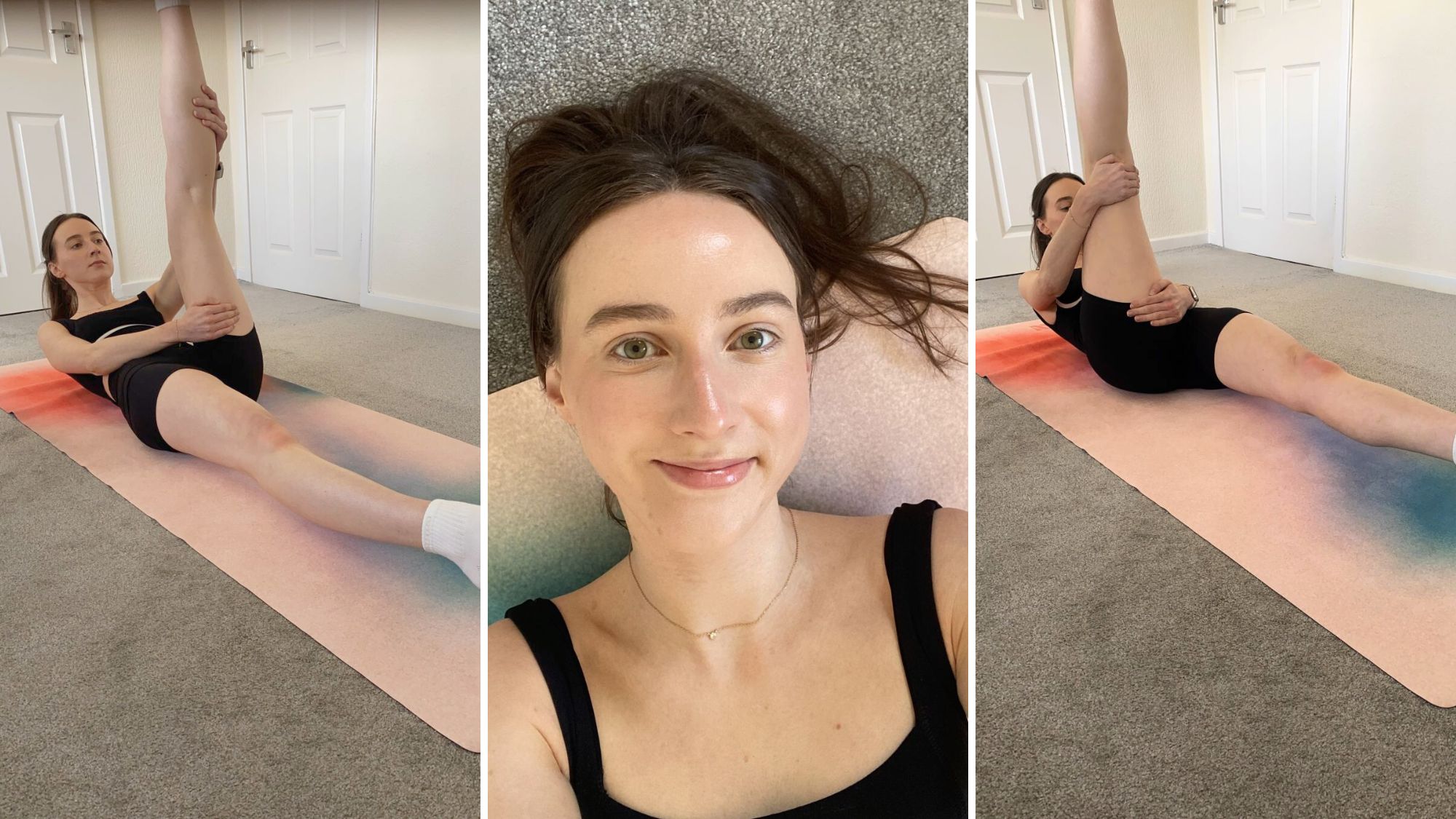

I'm no stranger to a Pilates workout. Sure, I only really committed to consistent practice in the second half of last year, but it's fair to say that I've fallen in love with this form of exercise. I've joined the likes of Lady Gaga, Cameron Diaz, and even David Beckham by becoming a firm member of the Pilates club.
And despite trying a range of in-person classes (including both mat and Reformer), as well as a tonne of Pilates workouts at home, I'm still amazed at just how many Pilates exercises there are to try. I mean, there are 34 exercises in the original Pilates repertoire alone, most of which have also been adapted several times.
There's one move in particular that has caught my eye recently. As far as exercises go, Pilates scissors look pretty fun, involving a "scissoring" motion with the legs (hence the name), while the neck and shoulders are lifted off the ground. Just from looking at all the people practising Pilates scissors online, I have a hunch that this move may well deserve to be called one of the best Pilates leg exercises of all time.
Instructors don't disagree with me, as I found out when I spoke to Georgia Weibel, founder of Pilates with Georgia. "Pilates scissors are honestly one of my favourite moves from the Classical Pilates series," she enthused. "It is a beautiful duo move that really fires up your core while also giving you this amazing stretch through the backs of your legs and the upper spine."
Needless to say, when MC UK's Senior Health Editor, Ally Head, asked me if I wanted to do Pilates scissors every day for a week to see if I noticed any benefits, it was an easy yes. Now that my week-long challenge is over, do I recommend giving this exercise a go? You'll have to keep reading to find out.
And there's plenty more Pilates content to explore while you're here. Check out our round-up of the best Pilates apps for all your at-home workout needs, plus the best Pilates accessories to elevate your practice. You'll also want to catch how MC UK Health Writers find trying other individual Pilates exercises every day for a week, including Pilates leg circles, Pilates toe taps, Pilates clams, and Pilates roll-ups.
Pilates scissors are arguably one of the hardest Pilates move of all - so I tried them for a week
What are Pilates scissors?
Before we get into it, what even are Pilates scissors? Well, they're a Classical Pilates move beloved by instructors across the globe, and for good reason.
Marie Claire Newsletter
Celebrity news, beauty, fashion advice, and fascinating features, delivered straight to your inbox!
“Pilates Scissors - sometimes referred to as the single straight leg stretch - is one of the 34 exercises in Joseph Pilates’ original mat repertoire," explains instructor Gemma Folkard of Shape Pilates. "It's an open chain movement useful for challenging pelvic stability, abdominal strength and facilitating a hamstring stretch."
In essence, Pilates scissors are performed lying on a mat with the head, neck, and shoulders lifted. One leg is then pointed up towards the ceiling, while the other leg hovers just above the mat. "Then, you gently switch legs like a scissor action," Weibel comments. "It looks simple, but there is so much strength and control going on behind the scenes."
@temeradoespilates ♬ Speed Drive (From Barbie The Album) - Charli xcx
What are the benefits of Pilates scissors?
Like many of our favourite Pilates exercises - whether that's beginner-friendly Pilates moves or advanced Pilates exercises - the scissors can have a myriad of benefits. Here are four key ones to look out for when practising the move.
1. They build deep core strength
If you're looking to improve your core body strength, Pilates scissors are an ideal exercise to add to your weekly workout rotation. "The scissors are amazing for building deep core strength because your abdominals have to stay engaged the whole time to keep your lower back supported," Weibel confirmed to MC UK.
So why should we care about building core body strength? Well, a multitude of reasons, including better balance, improved posture, and a more stable spine. A 2021 review of studies found consistent evidence to suggest that a stronger core supports better mobility and quality of life in adults, so we should never underestimate the power of the core. Joseph Pilates did coin it the "powerhouse" of the body, after all.
2. They strengthen the hips
Hip joints are a common problem area for women, so it's really important that we look after our hips and do what we can to maintain their mobility. I'm someone who experiences a lot of hip stiffness, particularly on my right side, so any exercises that can help with this, I'm all for.
Happily, Pilates scissors are one of them. The scissors motion stretches the hip flexors at the front of the leg while simultaneously activating the hip extensor muscles at the back of the leg.
Folkard emphasises just how important it is to strengthen our hips, especially for those of us who spend a lot of time sitting at a desk. "Pilates Scissors encourages strength and power in the front of the hips, which may also help with general back pain," she adds.
3. They improve coordination
Because Pilates scissors involve a switching leg motion, they can actually help improve our levels of coordination. "As you switch legs, your body has to work in unison," Pilates instructor Kayleigh Jayne explains. "It requires a bit of brainpower to keep things stable, which means you’re improving your body awareness and balance without even realising it. Win-win!"
Research has indicated that higher levels of coordination are associated with better physical fitness outcomes, including cardiovascular health and flexibility. So, better coordination is all-around good for our health, which is just another reason to give Pilates scissors a go.
4. They offer a deep hamstring stretch
If you're anything like me, you'll only realise how tight your hamstrings are once you actually go to stretch them. Fortunately, one of the many benefits of Pilates scissors is that they offer a lovely hamstring stretch, helping to relieve any tension in this area.
"Many people have tight hamstrings due to sitting for long periods of time," Folkard points out. "Stretching the back of the legs in Pilates scissors can lead to other benefits too, such as relieving back pain and loosening up the whole body."
@_pilateswithbeth ♬ Nothing Burns Like The Cold - Snoh Aalegra
How to perform Pilates scissors with good form
To access all of the wonderful benefits Pilates scissors have to offer, it's essential that we practise them with good form. To perform the move correctly, follow the steps below.
- Start by lying on your back and bringing your knees into a tabletop position.
- On your exhale, lift your head, neck and shoulders off the mat and extend both legs straight up to the ceiling.
- Gently hold onto the back of one leg and lower the other leg down towards the mat. Keep your core switched on and your lower back connected to the mat.
- Then, swap legs smoothly without rushing.
- Repeat, aiming for ten reps on each leg.
"Try to keep your shoulders soft and your neck relaxed throughout," Weibel advises. "If you feel any strain in your neck, you can lower your head back down. The key is to move with control and keep breathing steadily as you go."
Note that there's a big difference between Pilates scissors and Pilates high scissors. High scissors is a variation of the original move where the lower back is lifted off the mat and supported by the shoulders. "This is a much more advanced version of Pilates scissors," Kayleigh Jayne explained when I asked her about the different moves. "In the standard version, you want to keep your lower back grounded and your core engaged to support your spine and prevent strain."
I tried Pilates scissors every day for a week - here are my thoughts
Days one to three
By this point, I'm feeling pretty familiar with Pilates scissors, including what the move should look like and how I can benefit from practising it at home. So, on day one of my week-long challenge of trying Pilates scissors every day, I'm only too eager to hop onto my mat and give it a go.
Following the advice from the instructors, I start off lying flat on my back, making a conscious effort to become aware of my breath (which is how I like to start any Pilates session). I raise my legs to tabletop position and then lift my right leg into the air, at the same time as I peel my head, neck, and shoulders off the mat.
My left leg is hovering an inch or so off the ground, and I wrap my hands around the lower and upper parts of my right thigh. I'm actually taken aback at this point at just how stiff my hamstring and general hip area feel. I've always considered myself to be relatively flexible, but my first time trying Pilates scissors is making me think otherwise.
I follow the motion of swapping legs and do ten reps on each. By the end, my legs feel like they've had a really good stretch and released some of their stiffness. Days two and three follow a similar story, and I add an extra two reps per leg on each day.
My main takeaway at this point is that Pilates scissors have highlighted to me just how much stiffness and tension can build up in my hamstrings and hips. Admittedly, I feel as though I'm getting more of a leg stretch than a core-strengthening exercise, so I reach back out to the instructors to see what they advise.
"Be mindful not to arch your lower back," Jayne suggested to me. "If you feel it starting to lift off the mat, it’s a sign your core isn’t fully engaged – bring those legs back up a bit higher."
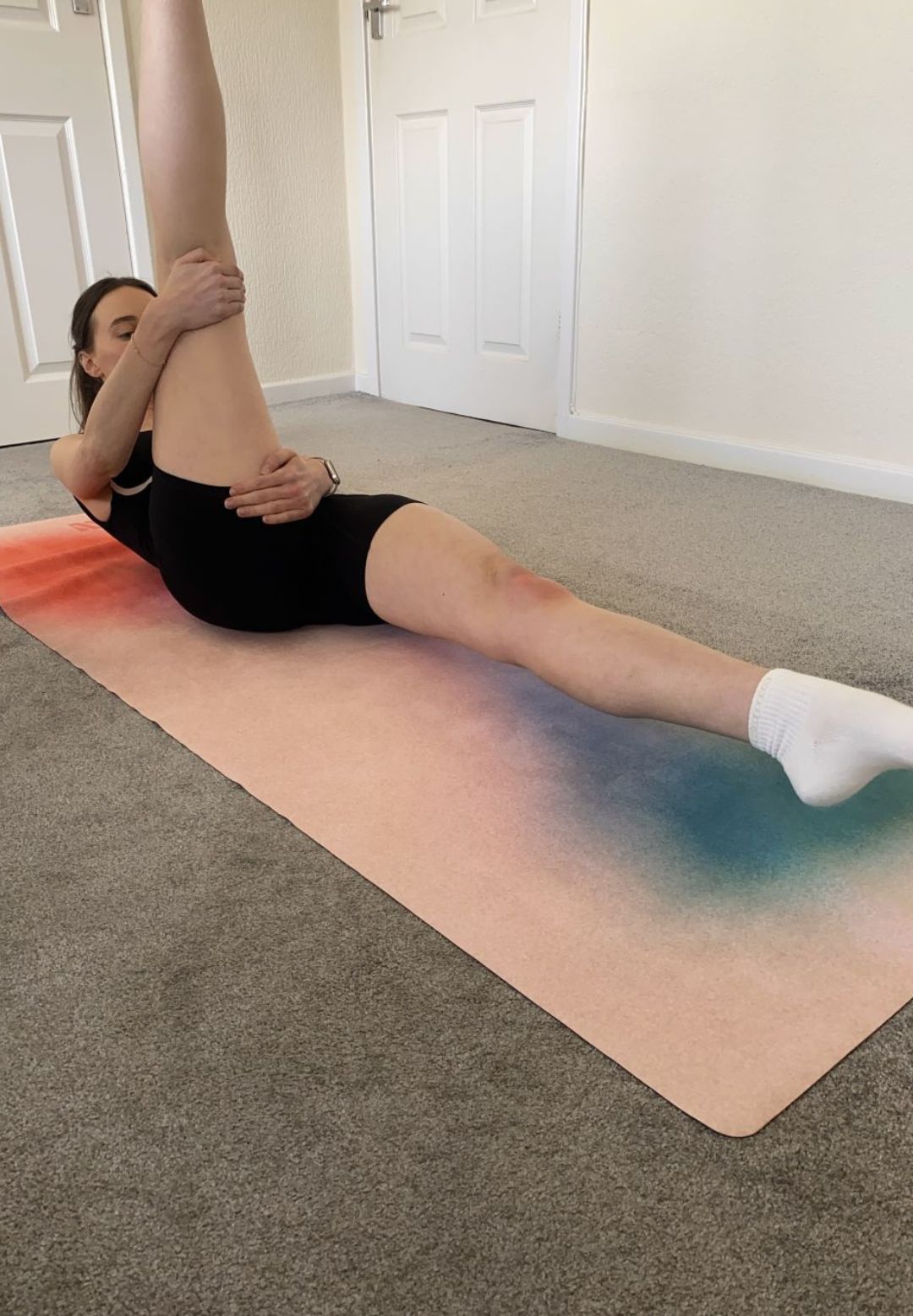
Katie during her Pilates scissors workout challenge
Days four to seven
Jayne's tip did help me bring a little more mindfulness to the exercise on day four. I started practising the movement again and realised that I'd been too focused on stretching my legs as far as I could and neglecting my core engagement as a result.
This time, I make a conscious effort to imprint my lower back into the mat and notice when it starts to lift back up. The result? A much more activated core, after a tough fifteen reps on each leg.
On day five, I'm determined to feel the dual benefits of Pilates scissors again, so I prioritise engaging my core throughout the move as well as stretching my legs. Focusing on my breath helps, as each inhale and exhale encourages me to maintain awareness of what my lower back is doing (and what my core is doing as a result).
At this point, I'm definitely starting to enjoy Pilates scissors more. With each rep, I can feel the tension in my right hip, glute, and hamstring start to release, and it's the same for the left side, albeit to a lesser degree. On day six, I tag my Pilates scissors onto the end of a gym session, where I've been focusing on lower body strength training. It's a nice way to end the workout, providing a deep leg stretch while also engaging my core.
After another round of scissors on day seven, I definitely feel like I've got the hang of the move and am starting to access all of the benefits I'd learned about before. You see, Pilates scissors do require a fair bit of mindfulness. Every time my mind started to wander during the exercise, my lower back would lift off the mat, and I'd lose the rhythm of swapping my legs in a consistent scissor motion. But by bringing my attention back to my body - specifically, zoning in on each inhale and exhale - I could get into a better flow state during the exercise, and execute it with better form.
So, would I recommend trying Pilates scissors at home? Absolutely, I would. When done correctly, it's a wonderful combination of stretching and strengthening. I feel like I've released a lot of tension from my lower body and developed my core strength to boot.
Maybe I'll step it up to Pilates high scissors next?
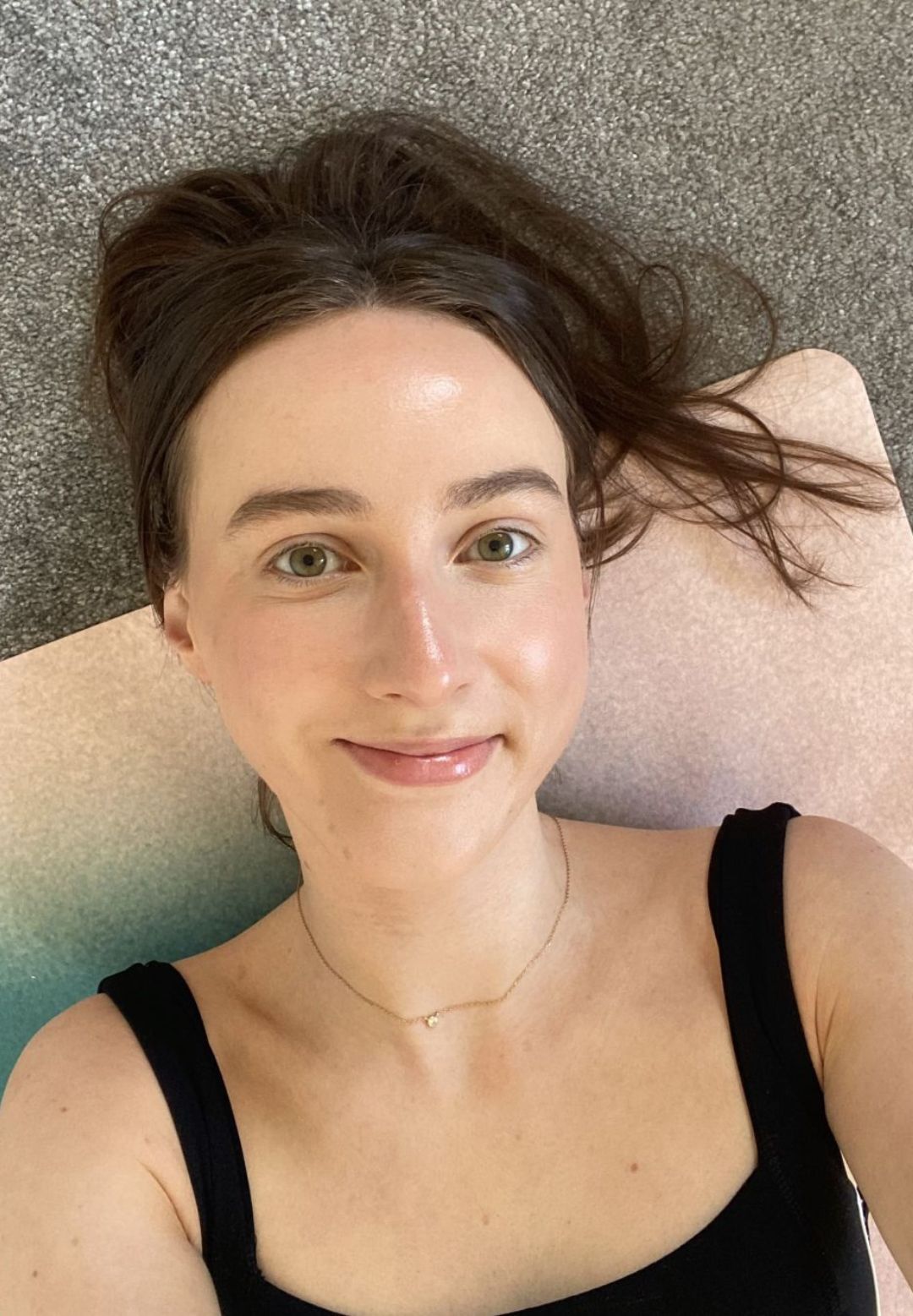
Katie at the end of her Pilates challenge.
Shop your Pilates essentials here:
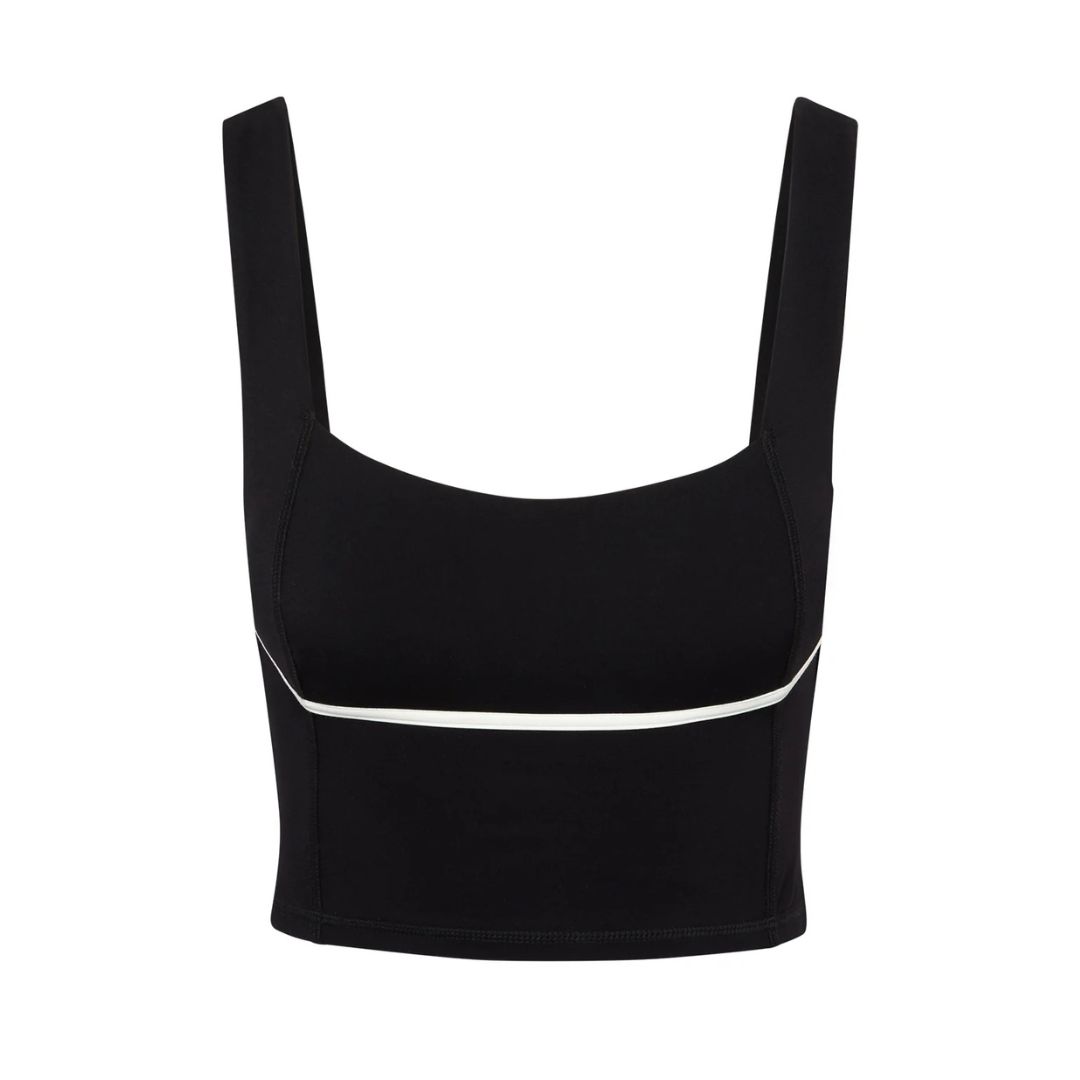
My black Zion Tank from Monday Body has easily become one of my most-worn active pieces. I just love that I don't need to wear a separate sports bra with this piece. It gives the perfect amount of support for a Pilates workout.
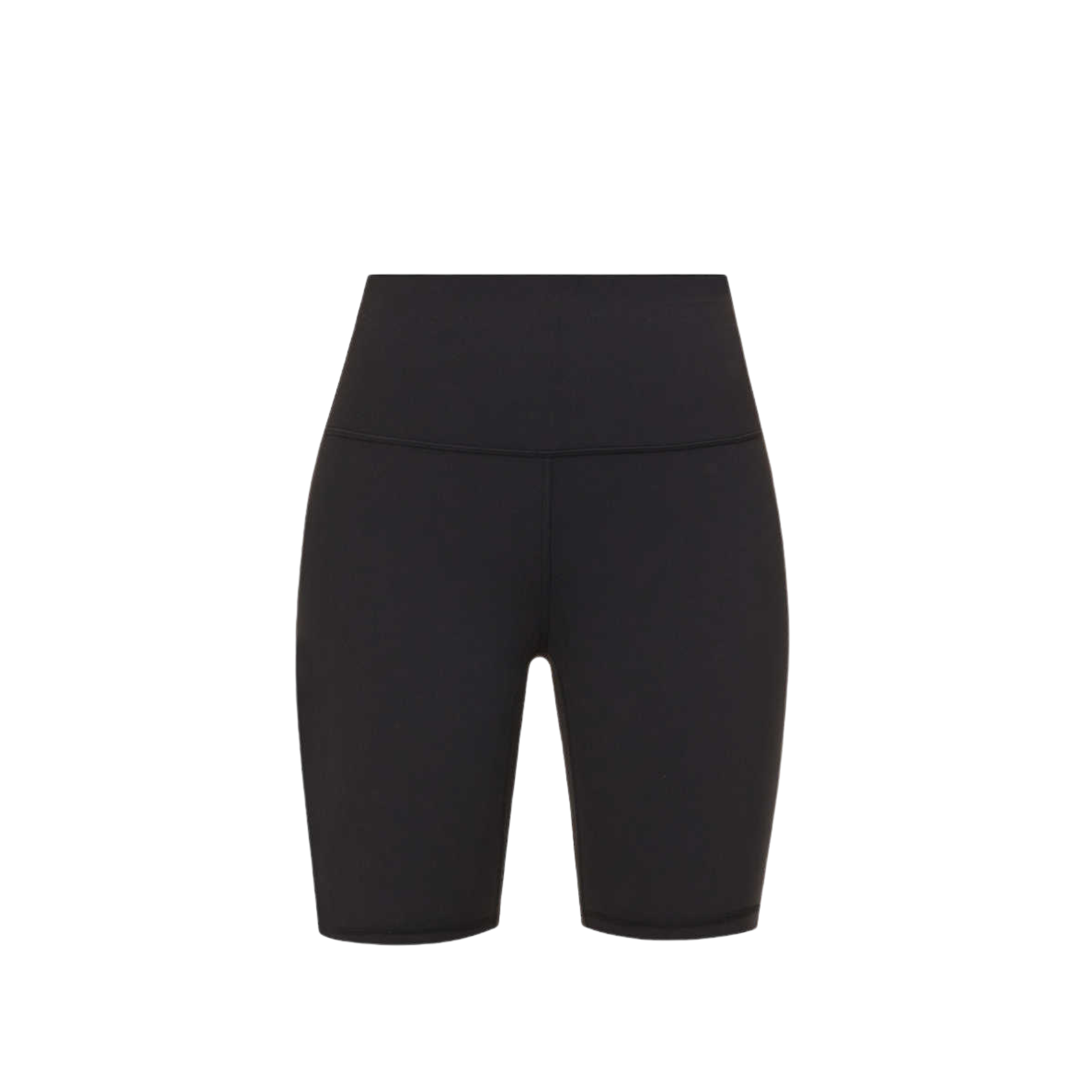
Now that we're in spring, I'm fully embracing shorts for my Pilates sessions. You can go wrong with anything from lululemon's Align range, but I am a fan of the high-rise ribbed shorts in particular. They look incredibly flattering.
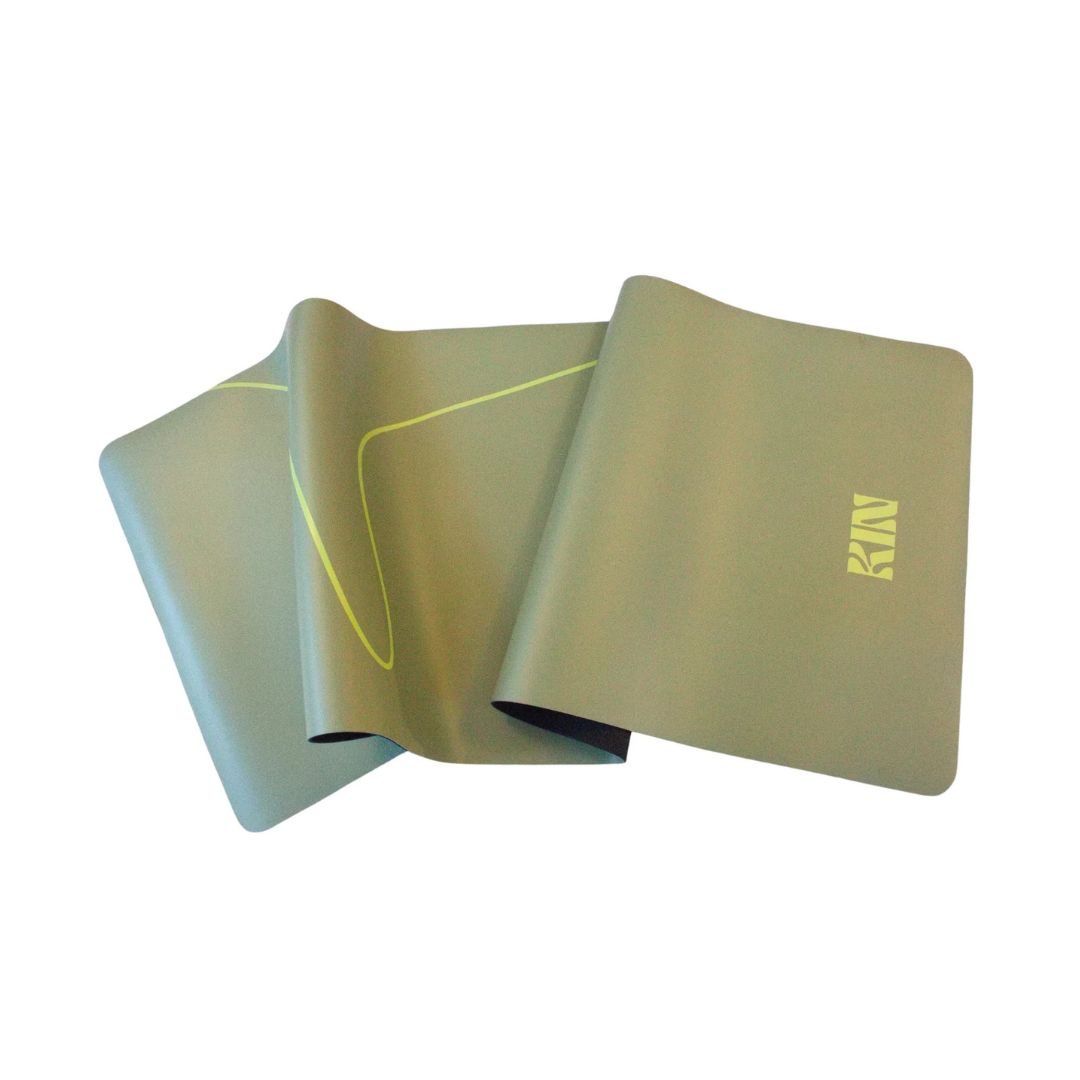
I recently got to try a KIN yoga mat, and I'm officially a convert. The mats have a luxe aesthetic that instantly elevates any Pilates or yoga practice. They also have a nice amount of cushioning, which is super comfortable to lie on.
How often should I do Pilates scissors?
Even if you're relatively new to Pilates, there's no harm in practising Pilates scissors as often as you want. "You can do Pilates scissors every day to experience maximum benefit," instructor Korin Nolan says, founder of The Class Plan. "Aim for 20 reps in total, and gradually increase this over time."

Katie Sims is a freelance journalist who writes about a variety of topics for publications including Woman&Home, Liz Earle Wellbeing, Who What Wear, and Ideal Home. She graduated with a Master's in Media and Journalism in 2021 and has been writing engaging digital content ever since. Her biggest passion is all things health and wellness, and she's tested fitness devices, workout methods, and nutritional advice to see what can help her (and others) feel good from the inside out. She's also a lover of beauty, particularly skincare. When she's not writing health and wellness content, she'll either be on a long walk, at a Pilates class, or tackling her long list of books to read.
-
 TikTokers are claiming that their luteal phase is making them ‘ugly’—here’s how it actually affects your skin, hair and nails
TikTokers are claiming that their luteal phase is making them ‘ugly’—here’s how it actually affects your skin, hair and nailsPlus, how to prepare for it…
By Nessa Humayun
-
 I asked 7 beauty editors to share their wedding day beauty essentials and it's a must-read for brides
I asked 7 beauty editors to share their wedding day beauty essentials and it's a must-read for bridesYour wedding day beauty checklist
By Jazzria Harris
-
 There's a divisive new character in You season 5 - and fans will either 'love her or hate her'
There's a divisive new character in You season 5 - and fans will either 'love her or hate her'Prepare yourself.
By Jadie Troy-Pryde
-
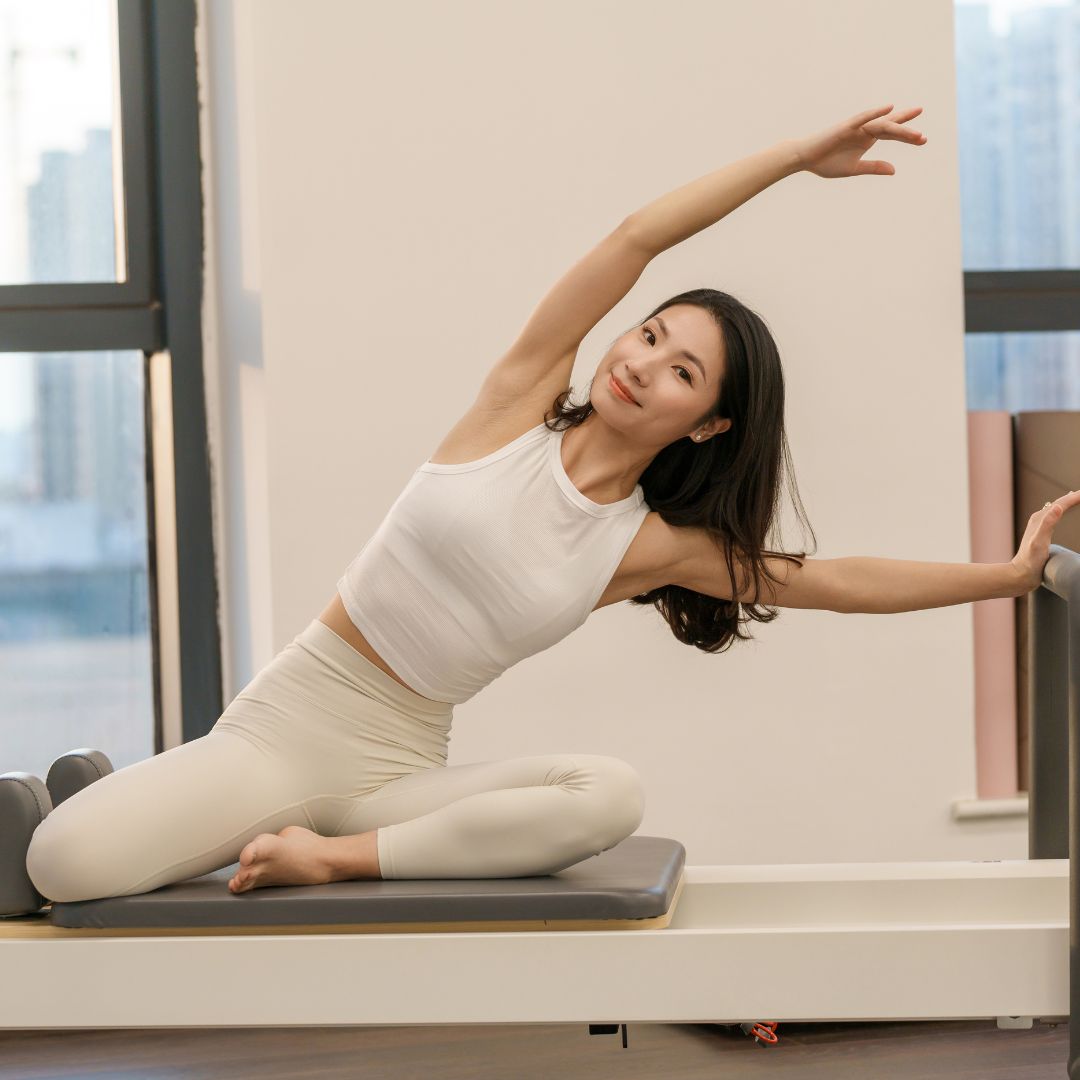 Eager to build a strong, stable core from home? 7 advanced Pilates core exercises that coaches do themselves
Eager to build a strong, stable core from home? 7 advanced Pilates core exercises that coaches do themselvesStability, strength *and* control? It's a yes from us.
By Anna Bartter
-
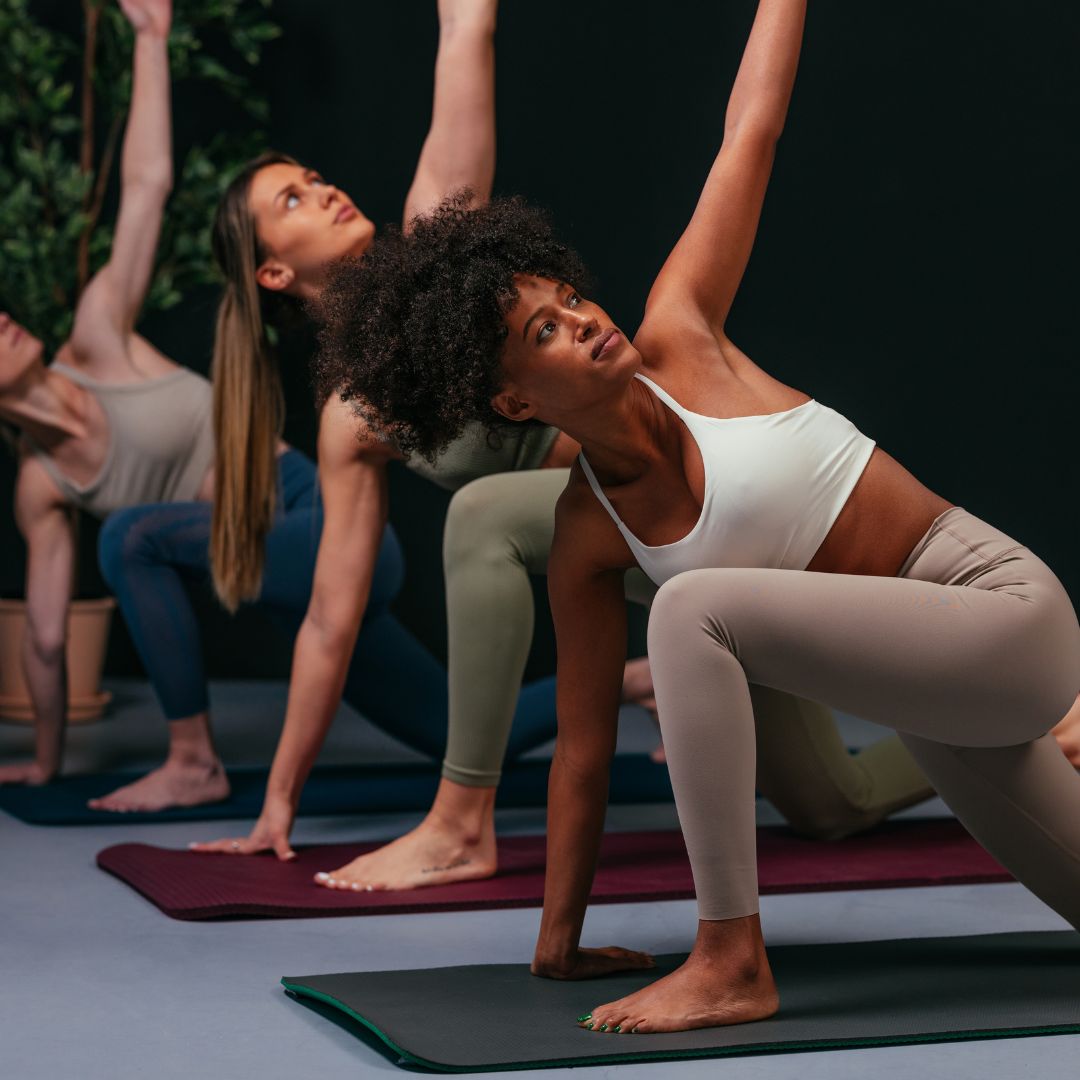 Classical Pilates is raved about worldwide as the most effective type of Pilates you can do - 8 exercises that instructors recommend
Classical Pilates is raved about worldwide as the most effective type of Pilates you can do - 8 exercises that instructors recommendTried, tested and trusted moves.
By Katie Sims
-
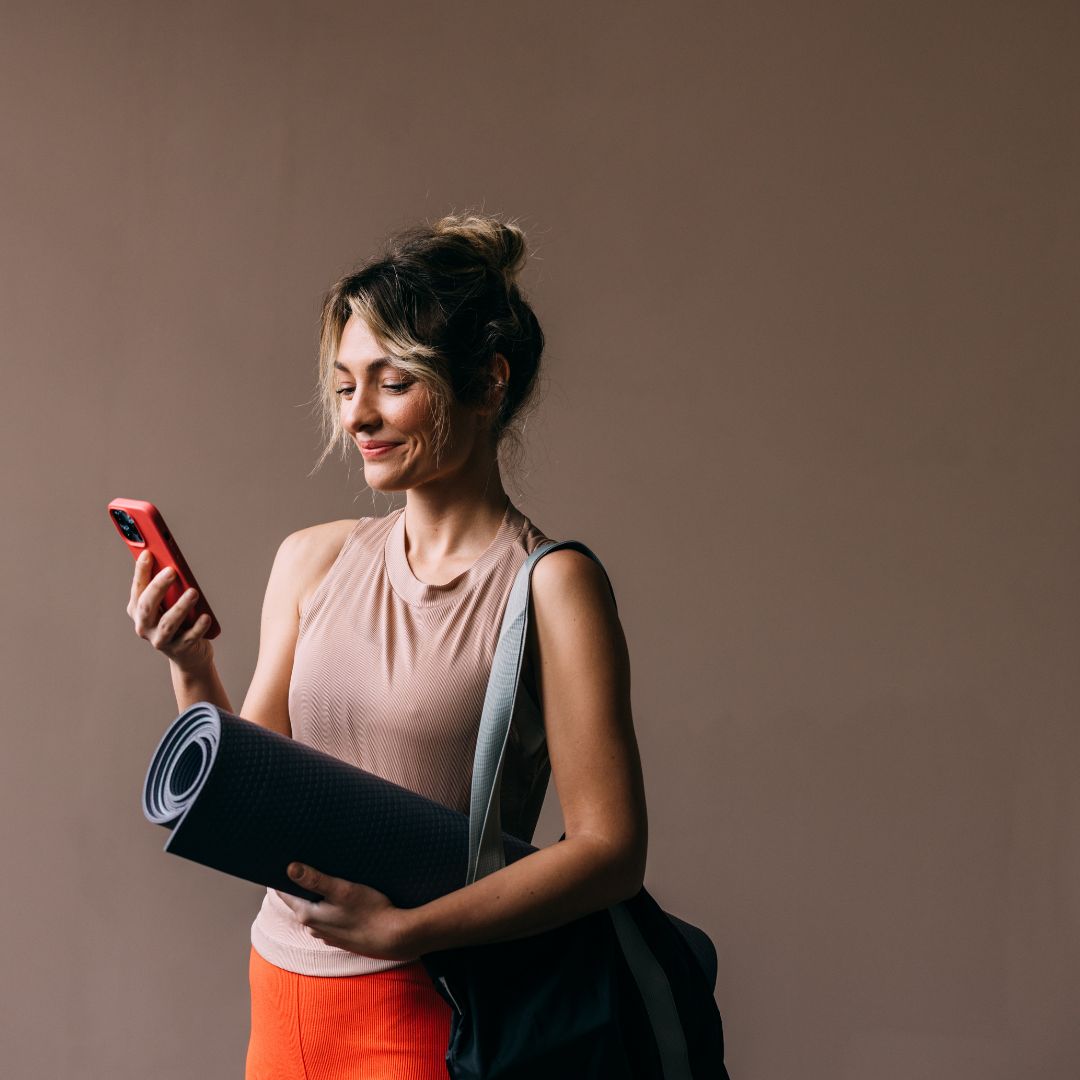 Fan of low-impact sessions? These are officially the 7 best Pilates apps for boosting strength, tone and mood
Fan of low-impact sessions? These are officially the 7 best Pilates apps for boosting strength, tone and moodYou can thank us later.
By Katie Sims
-
 I tried STOTT Pilates at home every day for a week - and I've fallen for the trending workout hook, line and sinker
I tried STOTT Pilates at home every day for a week - and I've fallen for the trending workout hook, line and sinkerYou'll want to give this one a go.
By Katie Sims
-
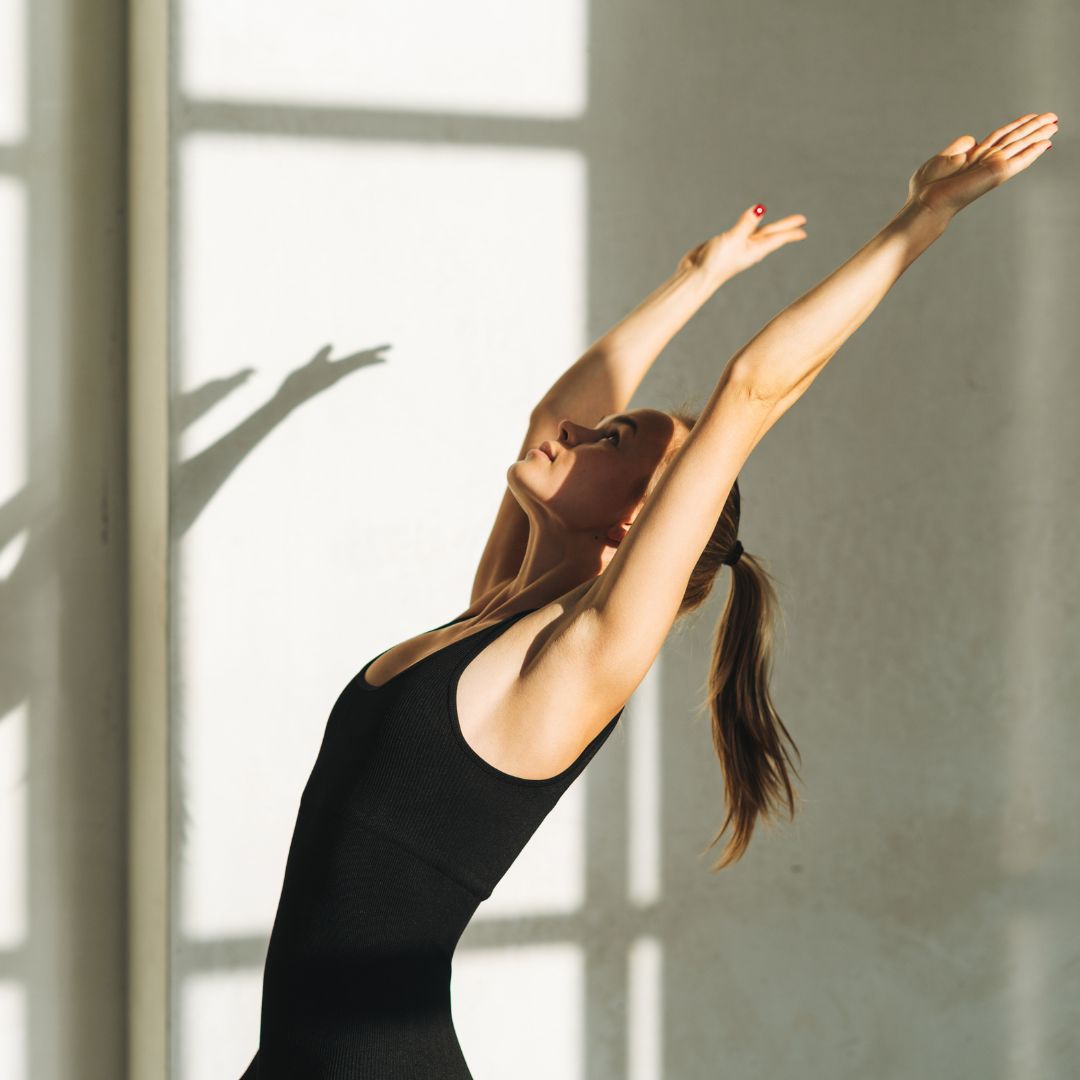 Keen to get Reformer results without the hefty price tag? 5 best Pilates boards to upgrade your home workouts
Keen to get Reformer results without the hefty price tag? 5 best Pilates boards to upgrade your home workoutsThey're great for small spaces, too.
By Amelia Yeomans
-
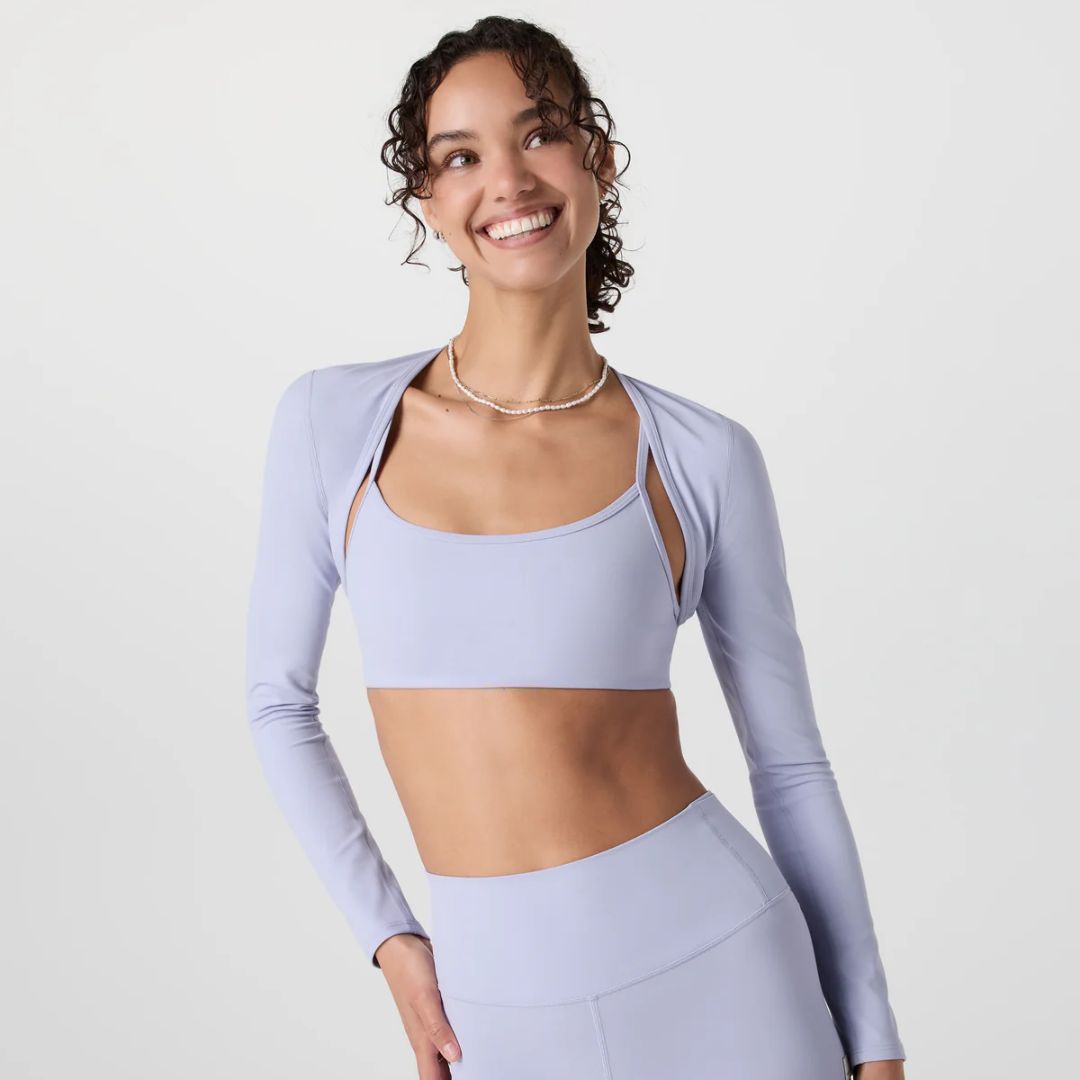 Pilates shrugs are set to be the next big activewear trend: 6 of the best, chosen by our expert Editors
Pilates shrugs are set to be the next big activewear trend: 6 of the best, chosen by our expert EditorsChic and comfortable? Sign me up.
By Amelia Yeomans
-
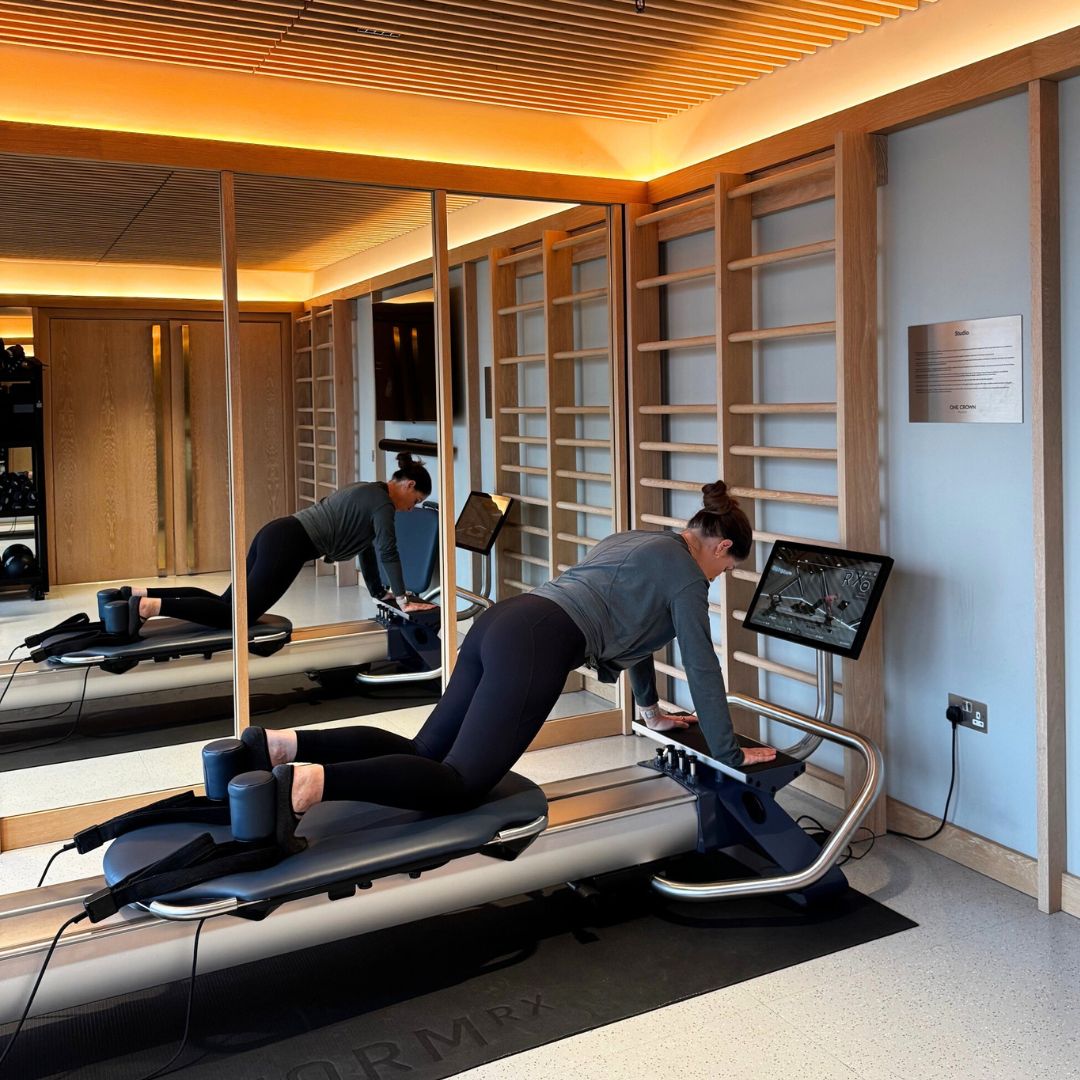 I tried Reform RX, the world's first virtual Reformer class - and have some thoughts
I tried Reform RX, the world's first virtual Reformer class - and have some thoughtsMeet the Pilates answer to a Peloton.
By Anna Bartter
-
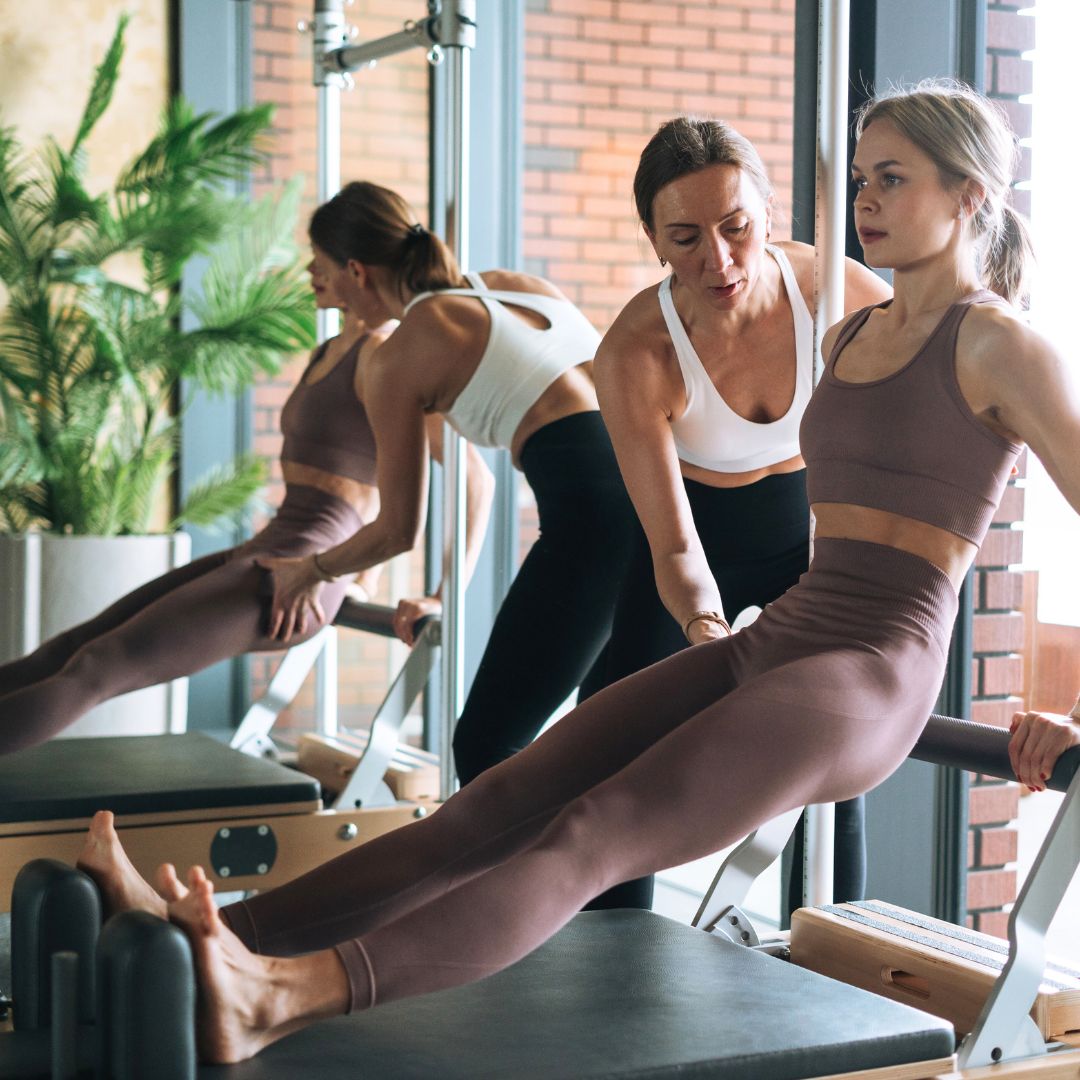 The Lagree Method is being hailed as the new Reformer Pilates - so do experts reckon it's actually more effective at boosting fitness?
The Lagree Method is being hailed as the new Reformer Pilates - so do experts reckon it's actually more effective at boosting fitness?It's a firm A-list favourite.
By Anna Bartter
